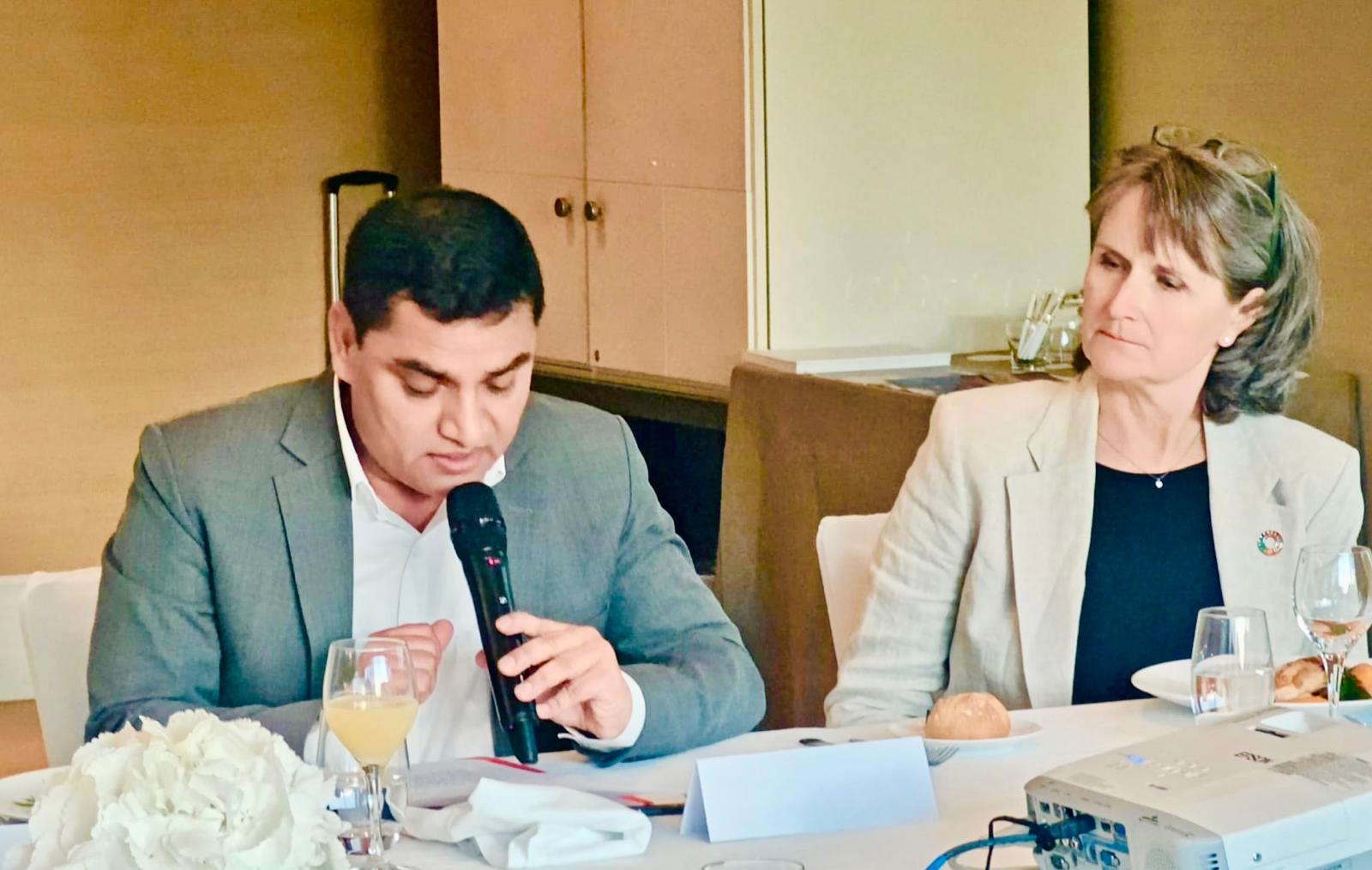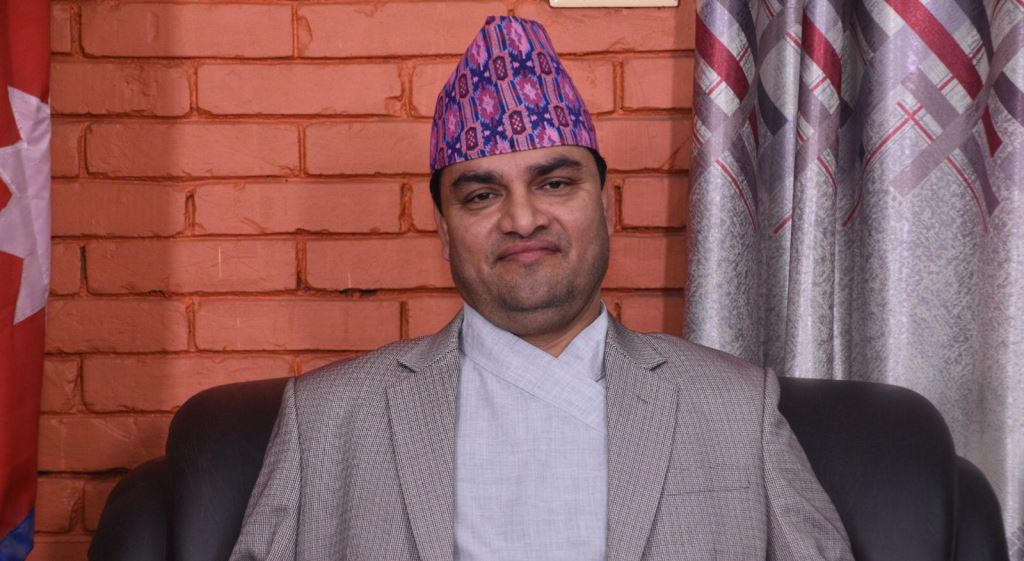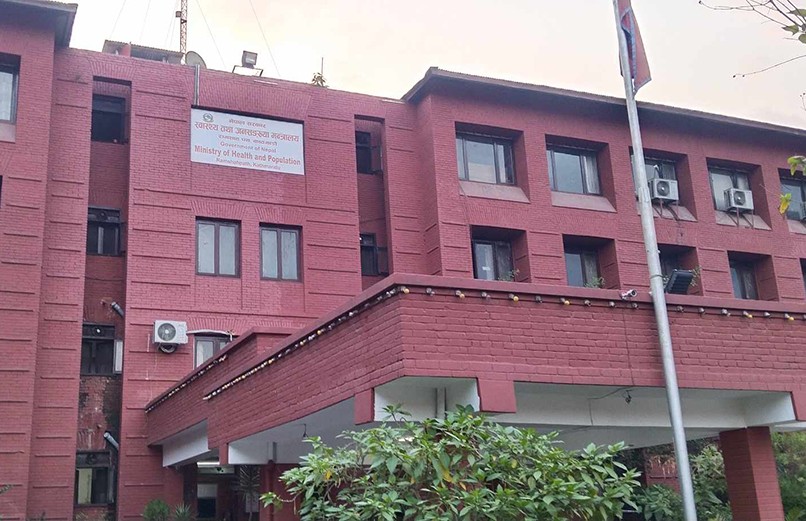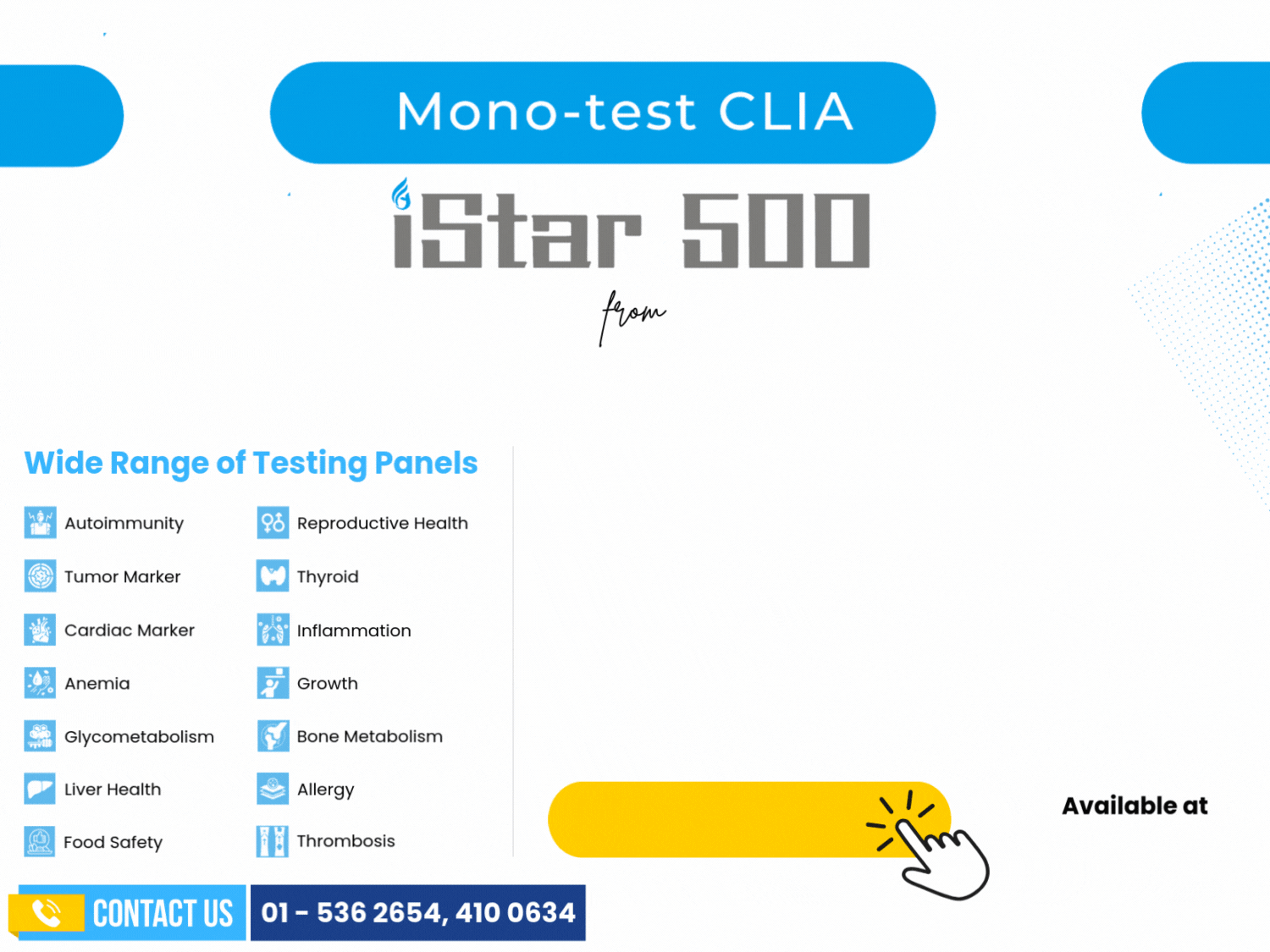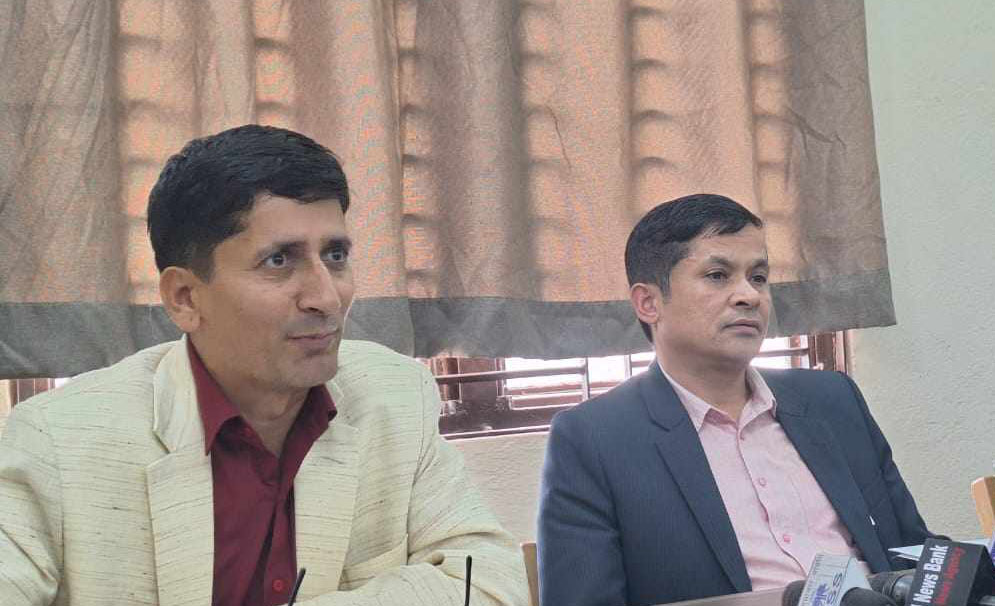
Kathmandu— The Health Insurance Board of Nepal released its white paper on Sunday, aiming to present the current state of affairs transparently to the public. In that sense, the new leadership’s move can be considered successful.
The health insurance program is a vital initiative to ensure universal access to quality healthcare services while reducing out-of-pocket health expenditures. Though the program began as a pilot in 2015 (2072 BS) and was later implemented under the Health Insurance Act 2017 (2074 BS), it has not progressed as expected. Despite being a promising concept, delays in meeting its goals have sparked numerous concerns — both from the public and even from those leading the program.
Health and Population Minister Pradip Paudel has expressed commitment to prioritizing health insurance and has proposed various options to expand its reach, including forming a task force for reforms. Only after that were the Executive Director and Chairperson appointed.
According to Executive Director Dr. Raghuraj Kafle, the white paper recognizes several achievements: rising public interest in health insurance, national-level discourse on the topic, service expansion across the country, growing enrollment rates each year, and an increasing number of people accessing treatment through insurance.
Key Points Highlighted in the White Paper:
Pending Health Insurance Payments Amount to NPR 16.45 Billion
As of the end of Falgun 2081, NPR 16.45 billion remains unpaid to healthcare providers. This figure could reach NPR 24 billion by the end of the current fiscal year after accounting for further claims.
Service Expansion Status
The health insurance program has now expanded to 749 local levels across all 77 districts. Since its inception, 8.95 million individuals have been enrolled. As of Falgun 2081, 5.75 million people are actively insured—about 20% of the total population. Of these, 75% are regular insured individuals, while 25% fall under targeted groups.
Provincial Imbalance in Enrollment
There is a significant disparity in enrollment rates across provinces:
Koshi: 33%
Bagmati: 26%
Gandaki: 34%
Lumbini: 14%
Madhesh: 7%
Karnali: 14%
Sudurpashchim: 11%
Technical Challenges Due to Overlapping Records
The program faces difficulties in obtaining accurate data due to overlapping entries. Certain targeted groups, such as senior citizens, receive automatic renewals and full family coverage, leading to challenges in data disaggregation.
Need to Cover 69% of Households
Although household enrollment rose from 238,492 in FY 2074/75 to 1.42 million in 2078/79, only 31% of total households are currently covered. This means 69% of households still need to be brought under the insurance umbrella.
Internal Disorganization of the Health Insurance Board
Despite the implementation of the Health Insurance Act in 2017, the board still lacks an approved organizational structure. There are no permanent employees, and temporary appointments continue to be the norm. This hampers institutional memory, ownership, and long-term development. The Board also lacks a permanent office building—both central and provincial offices operate from rented spaces, further affecting efficiency.
Future Direction: Limited Optimism
The problems remain largely unchanged, which indicates that the leadership of the Insurance Board has been effective in maintaining continuity. However, public attention is now focused on the future direction—especially on financial sustainability. From that perspective, there appears to be little room for optimism. Alarming statistics dominate the picture, while signs of hope seem limited
Dr. Kafle mentioned that the board’s strategic goals include:
Integrating scattered health aid programs
Ensuring financial sustainability
Improving service quality
Strengthening access to primary healthcare
Expanding service scope
Automating Board operations
Maintaining transparency in claims
Approving a permanent organizational structure and staffing
Promoting governance within the Board
On financial sustainability, the board plans to adopt scientific methods for premium setting and gradually implement a “progressive premium” model. However, this would require formal sector participation—something that has proven politically and bureaucratically challenging in the past.
Similarly, it has been stated that discussions will be held on the possibility of generating significant revenue for the Health Insurance Fund through small contributions from sectors such as petroleum consumption, mobile recharge card usage, air travel, and electronic banking transactions. The Board also aims to explore a “health insurance lottery” system, pending government approval—an approach used in other countries.
Let this not be just another document to deflect blame. Rather, let it serve as a milestone that measures the progress achieved from a previously fragile foundation.
Laxmi Chaulagain
Published: April 7, 2025


